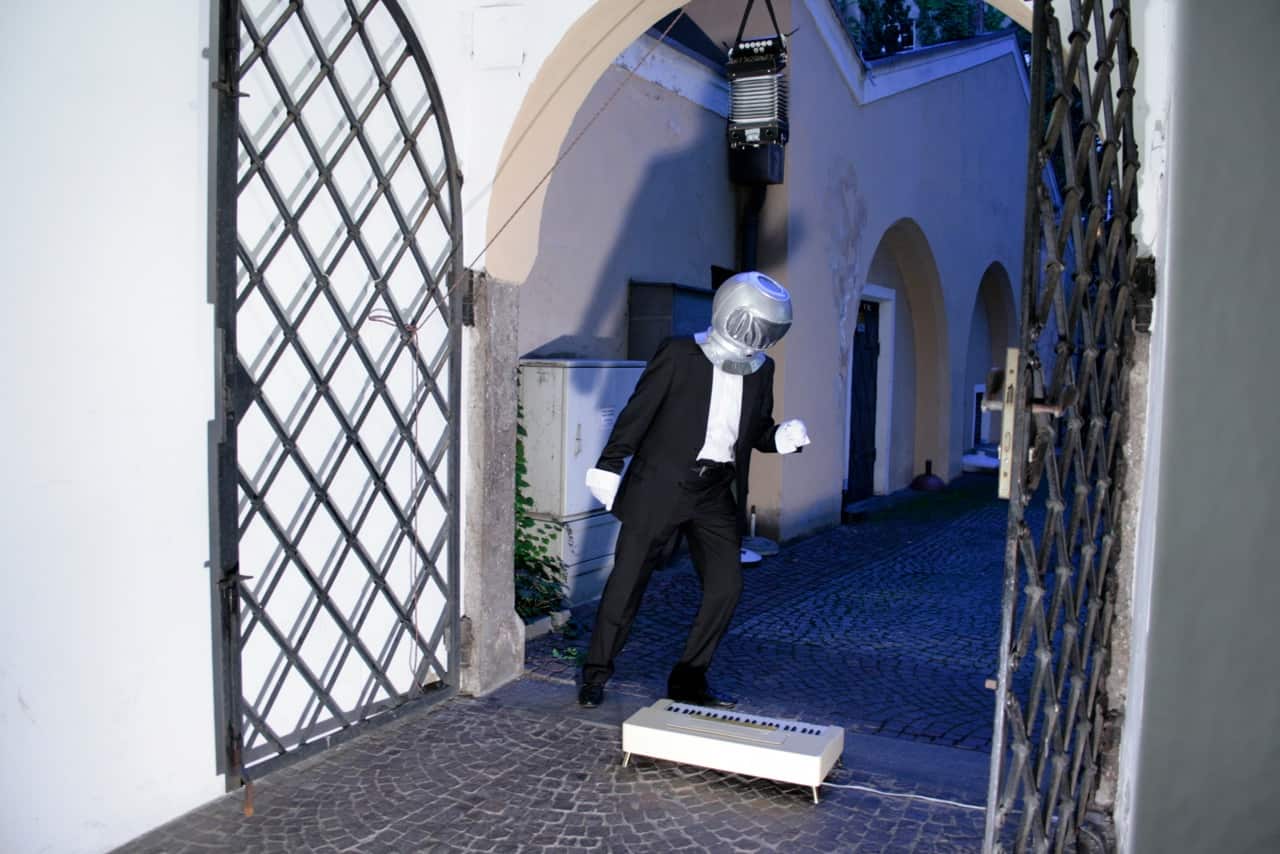“There is a common belief that performance art ended in the ’60s,” says Tom Zabel. “But that is not true.”
Zabel should know. The German-born bohemian is a working performance artist and educator, and he will lead a workshop on his chosen craft at the Costa Rican International Arts Festival. The workshop, entitled “Jungle of Life,” will take place April 4-8, culminating in a public presentation April 12.
But what is performance art, exactly?
“It is hard to define,” concedes Zabel. “It is not theater; it is not entertainment. But it can be on the border of each art form – music, dance. I want to teach from the perspective of fine art, but also theater.”
Zabel was born in Heidelberg, Germany, in 1956, and he has lived in Austria for three decades. Although he was too young to participate in the “happenings” of the Warhol era, Zabel is drawn to avant-garde artists from the 1960s, including The Actionists, a controversial Viennese collective, and Chris Burden, a U.S. artist who was willingly shot in the arm. Zabel has corresponded with one of his inspirations, Marina Abramović, a famous Serbian artist based in New York. Zabel considers Abramović a guru of the form.
For many performance artists, it is not enough to paint or sculpt; making art should be a physical process, presented openly to an audience. Artists can perform their works almost anywhere – in galleries, in theaters and on the street. (Zabel even cites Jackson Pollock as a kind of performance artist, because of his intensely physical approach to painting). For Zabel, the true value of the genre is its personal nature and its refusal to be categorized.
“In general, an actor is playing a role,” he says. “There is a script. It is not so much connected to [the actor’s] real life. I remember reading an article about how the division of art forms is not relevant anymore. They are all mixed.”
Zabel himself is known to incorporate pantomime, props, and puppets into his performances, which are often done solo or in small groups. With support from the Austrian Ministry of Foreign Affairs, he has created shows for both adults and children, and they often feature playful titles, such as “Tom and Ferry,” “Die unendliche Weihnachtsgeschichte” (“The Never-Ending Christmas Story”) and “Du und Nichts” (“You and Nothing”).
Zabel has visited Costa Rica many times, yet most of his exposure to the local arts scene has been limited to the International Arts Festival. Still, he has visited area galleries and seems impressed by Costa Rica’s potential for avant-garde artists.
“I can see that [Costa Rican artists] are quite to open to every kind of art,” he says. “But it takes time. They have to get used to [new forms].”
At the end of the workshop, Zabel plans to orchestrate a performance in downtown San José. He hopes to incorporate Avenida Central and some of the public parks as public stages. Such open presentations echo Zabel’s favorite aspects of performance art.
“It mostly happens in front of an audience,” he says. “The audience has a need for something real. Performance art is something that is happening, now.”
For more information about Zabel’s workshop, visit the Arts Festival website.






